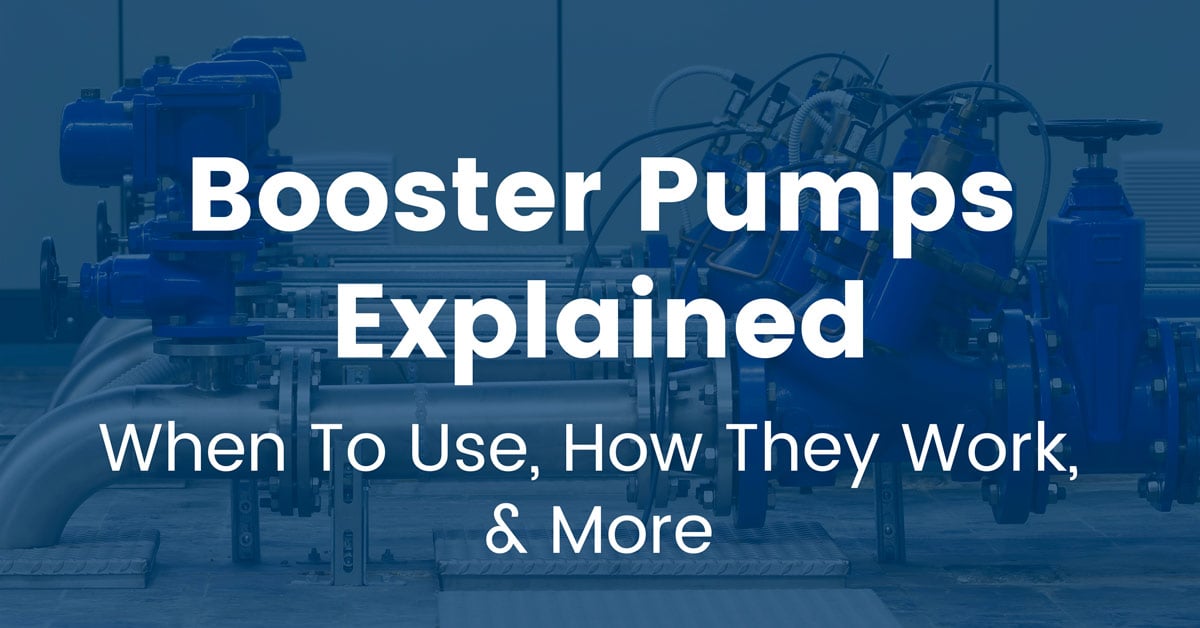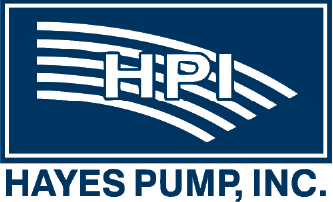Booster Pumps Explained

Water booster pumps play a crucial role in maintaining reliable water pressure in homes, businesses, and industrial facilities. If you’ve ever struggled with weak water flow in your shower or a system that can’t keep up with demand, a booster pump may be the solution.
This guide breaks down what booster pumps do, how they work, and common applications — plus answers to FAQs so you can quickly find the information you need.
What Is a Booster Pump?
A booster pump is a device that increases water pressure in a system. It helps water flow at the right speed and volume when the natural pressure from the main supply is insufficient.
Think of it as a “helper pump” that provides your water system with a much-needed boost, ensuring water reaches all endpoints consistently.
How Do Booster Pumps Work?
At a high level, booster pumps use:
-
Impeller(s): Rotating blades that add velocity to the water.
-
Motor: Provides the power to spin the impeller.
-
Pump housing: Directs the water flow.
-
Sensors/controls: Turn the pump on and off depending on demand and pressure.
Step-by-step process:
-
Water enters the booster pump at a low pressure.
-
The impeller spins, increasing water velocity.
-
That velocity is converted into pressure.
-
Pressurized water exits the pump, moving efficiently through pipes and fixtures.
Where Are Booster Pumps Used?
Booster pumps solve water pressure challenges in many settings:
-
Residential: Homes with multiple floors where upper levels have weak water flow.
-
Commercial buildings: Hotels, office towers, or hospitals where demand fluctuates and pressure must remain stable.
-
Industrial systems: Manufacturing plants, cooling systems, and water treatment facilities where constant pressure is essential.
-
Irrigation systems: Farms, greenhouses, and golf courses needing steady flow across large areas.
Common Signs You Might Need a Booster Pump
-
Weak water flow in showers, sinks, or hoses.
-
Pressure fluctuations when multiple fixtures run at once.
-
Irrigation systems not covering their intended area.
-
High-rise buildings where upper floors receive little pressure.
Booster Pump Benefits
-
Consistent and reliable water pressure.
-
Improved performance for appliances and systems.
-
Flexibility for residential, commercial, and industrial use.
-
Protection against equipment strain caused by inconsistent flow.
FAQs About Booster Pumps
Q: Do I always need a booster pump if I have low water pressure?
Not always. Sometimes leaks, clogged pipes, or municipal supply issues are the real cause. A pump expert can help diagnose before recommending a booster pump.
Q: Are booster pumps noisy?
Modern booster pumps are designed for quieter operation, though noise levels depend on the model and installation.
Q: How long does a booster pump last?
With proper maintenance, many booster pumps last 8–15 years.
Q: Can a booster pump save energy?
Yes — many models include variable speed drives (VFDs) that adjust pump speed based on demand, reducing unnecessary energy use.
Key Takeaways
-
A booster pump increases water pressure when natural supply isn’t enough.
-
They are common in homes, commercial buildings, industrial plants, and irrigation systems.
-
Signs you need one include weak water flow, pressure fluctuations, or poor system performance.
-
Modern booster pumps can improve reliability while offering energy-efficient options.
Need Help Choosing the Right Booster Pump?
Every system is unique, and selecting the right pump requires expert insight into flow rates, pressure needs, and application demands.
Hayes Pump is a factory-authorized distributor and repair center for leading pump manufacturers. Our team can recommend, size, and support the right booster pump for your application.
Contact us today to discuss your water pressure challenges and find the best solution.
Need Help Finding a Booster Pump?
Originally published June 2021. Updated August 2025 to include the latest insights and best practices.




